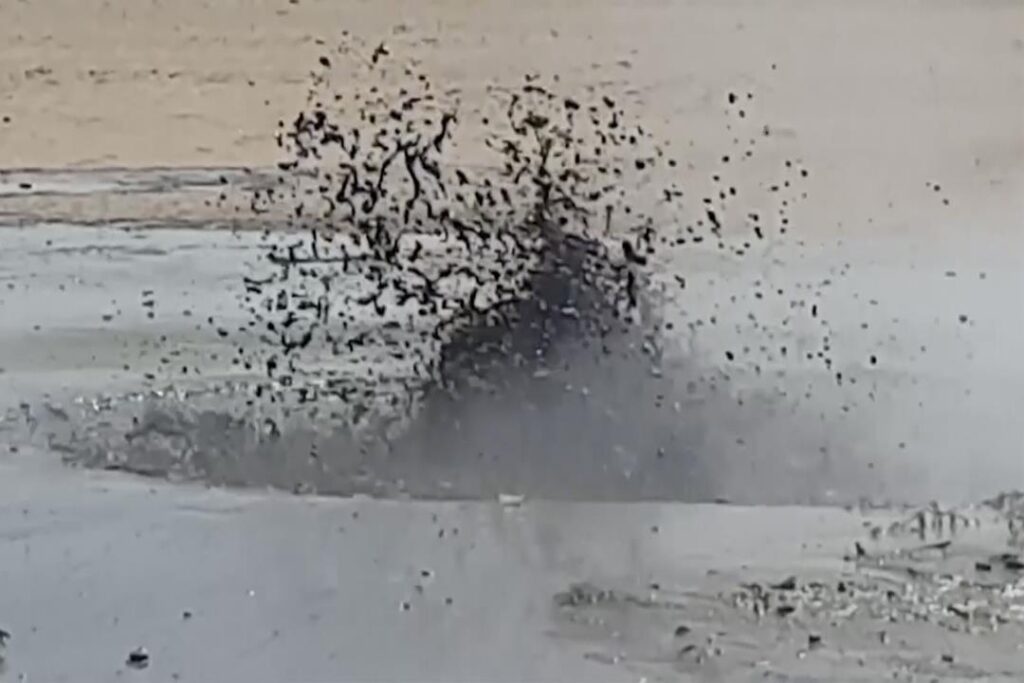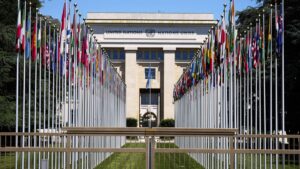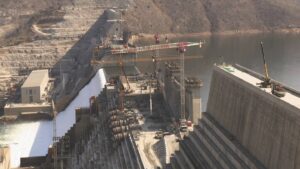
Deep beneath the East African landscape, a geological spectacle is unfolding that could eventually split the continent and give rise to a new ocean. Recent research has unveiled that a pulsing mantle plume beneath Ethiopia is actively reshaping the region, offering scientists a unique opportunity to witness the nascent stages of ocean basin formation. This phenomenon, centered in the Afar region, is being closely monitored by geologists worldwide.
The Afar region, situated at the intersection of three major tectonic rifts—the Main Ethiopian Rift, the Red Sea Rift, and the Gulf of Aden Rift—serves as a “triple junction” where tectonic plates are diverging. According to a study published in Nature Geoscience, the mantle plume beneath Afar is dynamic, characterized by rhythmic pulses that are influenced by factors such as the thickness of the crust and the rate of rift expansion. These findings have been corroborated by multiple sources, including BBC Wildlife Magazine and Live Science.
The Science Behind the Rift
The mantle plume’s activity is not a constant force; rather, it exhibits a pulsating behavior that plays a crucial role in the tectonic processes at work. Researchers have noted that these pulses contribute to the gradual separation of the African continent. The study’s authors emphasize that understanding these dynamics is essential for predicting the long-term geological evolution of the region.
UC Santa Barbara oceanographer Ken Macdonald, who has extensively studied oceanic and continental rift systems, has provided insights into the potential timeline of this transformation. “At the present rate, a sea about the size of the current Red Sea might form in about 20-30 million years,” Macdonald told Earth.com.
Implications for the Future
The implications of this geological activity extend beyond academic interest. The formation of a new ocean could have significant geopolitical and environmental consequences. As the rift widens, it could alter regional climates, impact biodiversity, and necessitate changes in territorial boundaries. Moreover, the creation of a new ocean would provide new maritime routes and resources, potentially reshaping global trade patterns.
Historically, the process of ocean formation has been a slow but transformative force. The Atlantic Ocean, for instance, began forming around 200 million years ago and continues to expand today. The ongoing activity in the Afar region offers a modern parallel to these ancient processes, providing a living laboratory for scientists to study the mechanics of continental drift and ocean basin development.
Monitoring and Future Research
Researchers are employing a variety of techniques to monitor the Afar region, including satellite imagery, seismic readings, and ground-based observations. These methods allow scientists to track changes in the landscape and better understand the forces at play. The data gathered will not only enhance our understanding of the Afar plume but also contribute to broader geological models that explain the behavior of Earth’s mantle.
Looking ahead, continued research in this area is crucial. As technology advances and our ability to monitor geological processes improves, scientists hope to refine their predictions about the future of the African continent and its potential transformation into a new oceanic realm.
The discovery of the pulsing mantle beneath East Africa is a reminder of the dynamic nature of our planet. While the timeline for the formation of a new ocean spans millions of years, the research being conducted today lays the groundwork for future generations to understand and adapt to these monumental changes.







